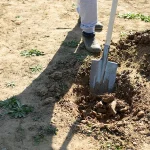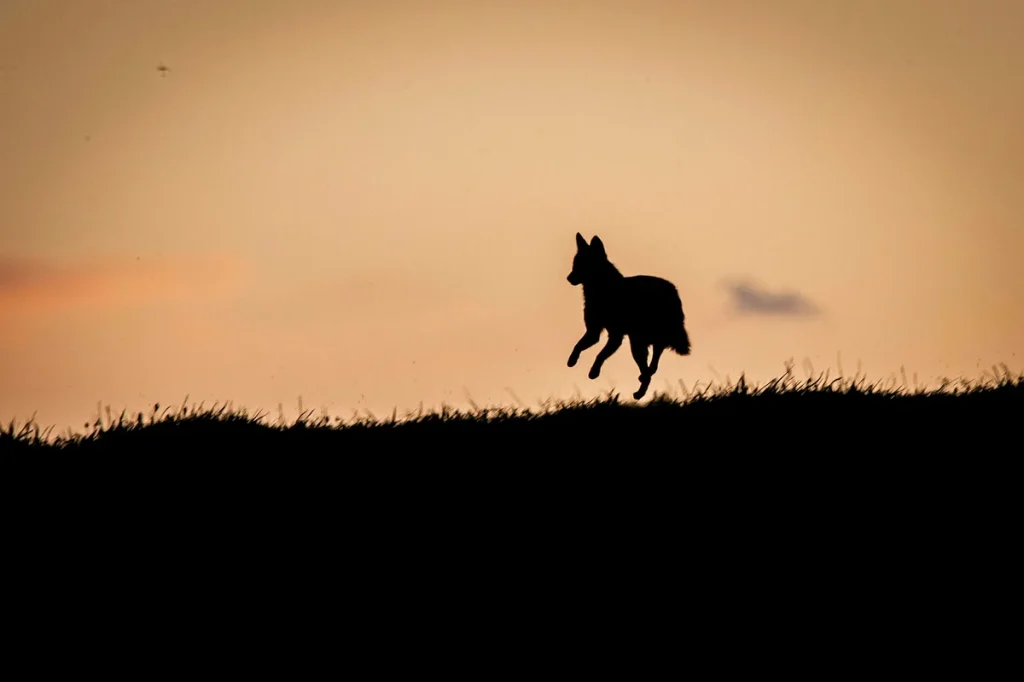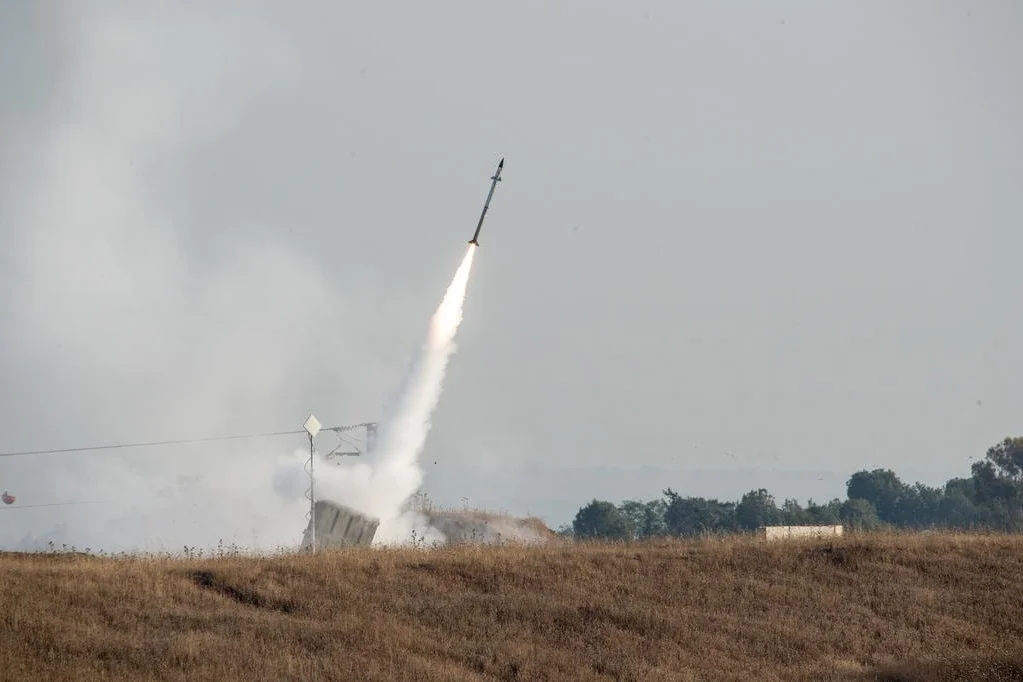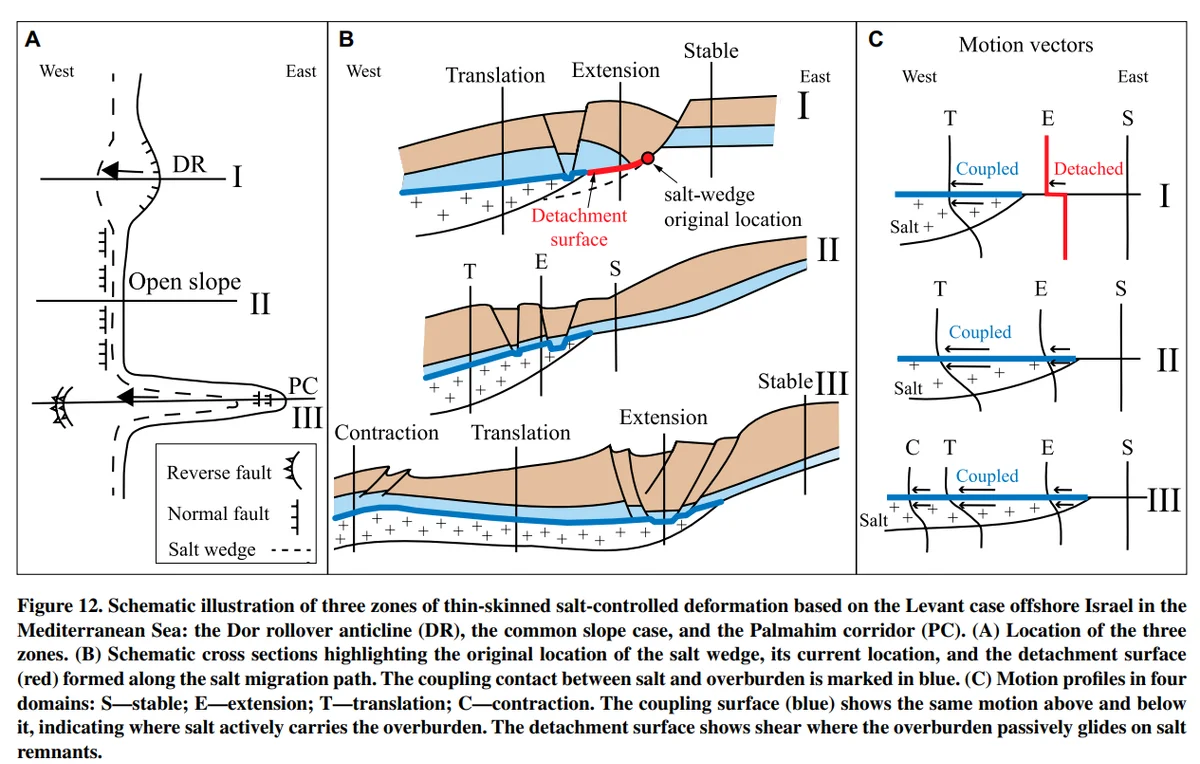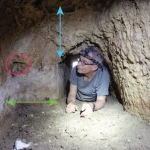Jerusalem, 15 September, 2025 (TPS-IL) — As zoonotic diseases like avian flu and COVID-19 continue to threaten humans and wildlife alike, a team of Israeli-led international scientists on Monday proposed a radical new approach to pandemic prevention: using wild animals themselves as early-warning systems.
A study from the Hebrew University of Jerusalem’s Movement Ecology Lab suggests that tracking animal movement and behavior in near real-time could detect dangerous pathogens before they spill over to people.
“The winter 2021/22 avian flu outbreak at the Hula Valley was Israel’s largest wildlife outbreak, killing 8,000 cranes and threatening human health,” said Prof. Ran Nathan, who led the study. “At that time, we had 10 GPS-tracked cranes, some of which died. The mass mortality scene at Agamon Hula was devastating, but the data from the tracked cranes provided unprecedented insights for guiding rapid management decisions. This prompted us to develop a framework applicable to multiple diseases and species.”
Published in the peer-reviewed Trends in Ecology & Evolution, the study lays out six ways biologging—tiny, wearable tracking devices—can be used to fight disease. These include detecting abnormal movement patterns linked to infection, sending alerts when animals enter sensitive areas, identifying behavioral signs of sickness before visible symptoms appear, tracking how diseases spread across landscapes, informing targeted interventions, and modeling future outbreaks.
“Thanks to advances in biologging, we can now track wild animals far faster and more effectively than before,” Nathan said. “This allows early detection of outbreaks, targeted mitigation, and the potential to save both human and animal lives.”
The study underscores that wildlife surveillance is not just a scientific curiosity—it’s a potential lifesaver for humans and ecosystems alike. By monitoring animals as sentinels, scientists can detect disease threats weeks or even months before human cases appear, buying critical time for health authorities to respond.
Co-authors include researchers from Hebrew University, UC Berkeley, the University of KwaZulu-Natal in South Africa, and the University of Maine. Together, they call for global collaboration and investment in wildlife tracking, emphasizing the One Health principle that human, animal, and environmental health are inseparable.
“Imagine getting a push alert—not from a news outlet, but from a tracked animal—signaling that a deadly virus may be spreading,” Nathan said. “This isn’t science fiction. It’s the future of public health.”
Tracking could warn when infected wildlife enter areas with high human or livestock populations, helping prevent exposure near farms, wetlands, or urban areas. Movement data combined with environmental factors can forecast where a pathogen might spread next, enabling authorities to prioritize vaccinations, surveillance, or containment measures. Understanding the spread of disease in wild populations can inform interventions that protect endangered species. Governments could also use real-time insights to adjust tourism, hunting, or land-use regulations to minimize disease risk.

















